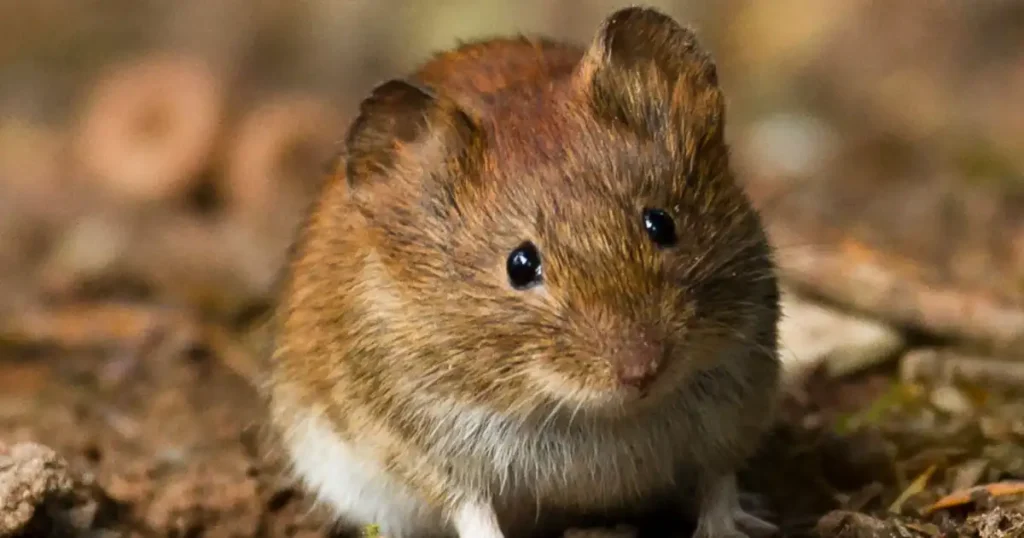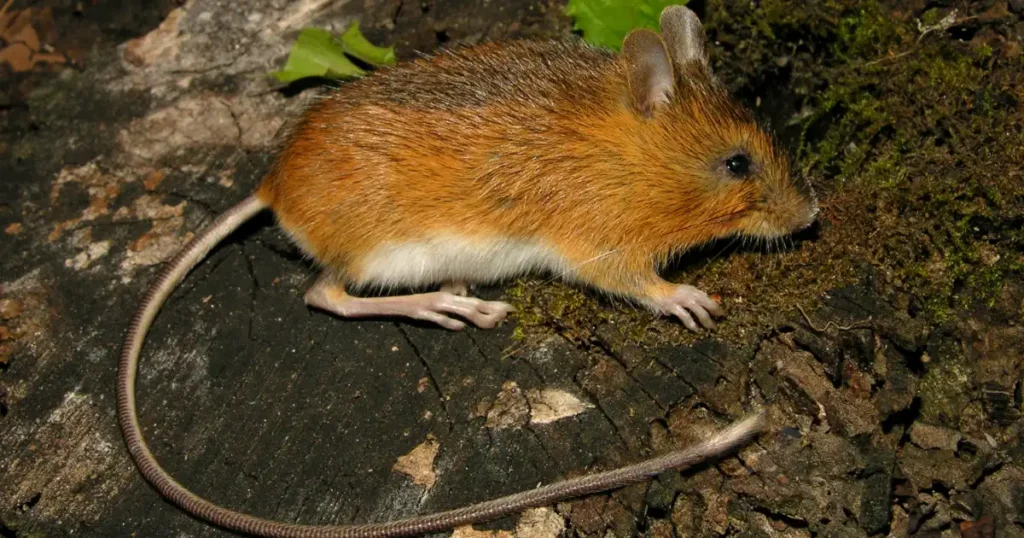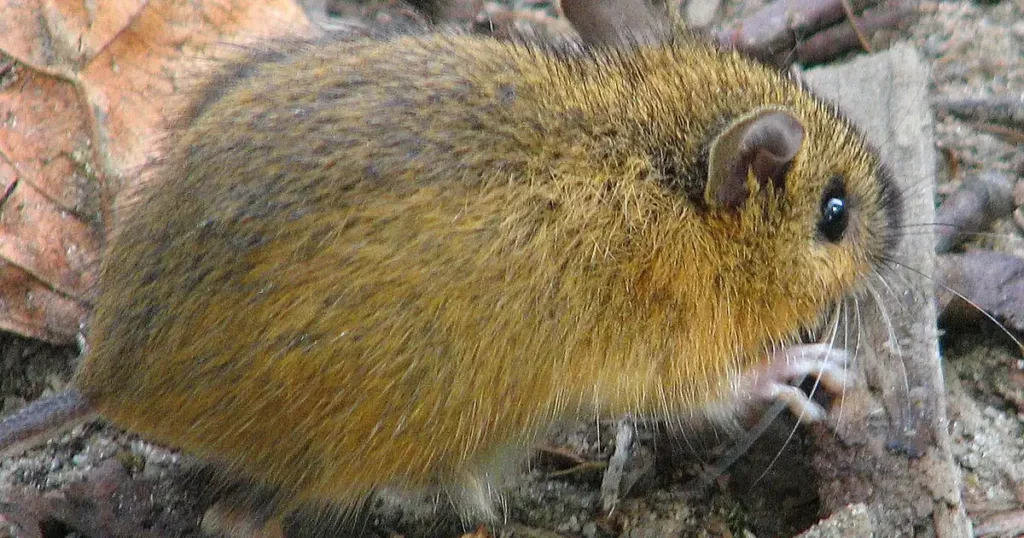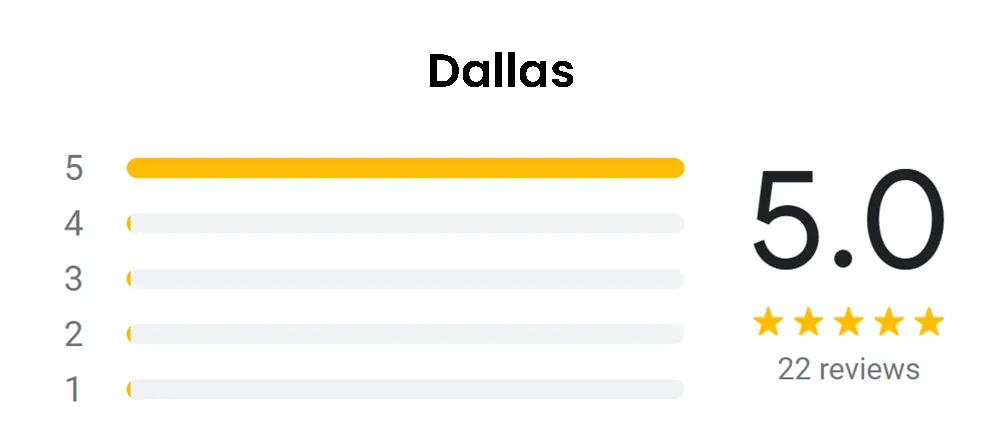
The Woodland Jumping Mouse (Napaeozapus insignis) is a fascinating and unique rodent found primarily in the dense, moist forests of North America. Known for their remarkable jumping abilities, these small mammals have adapted to thrive in their specific habitats. In this comprehensive article, we delve into the intricate details of their habitat, behavior, diet, reproduction, and conservation status, providing a thorough understanding of these intriguing creatures.
Additionally, we will explore how these mice interact with other rodent species, such as albino mice, hairless mice, and wild type mice, and discuss the significance of studying specific traits and behaviors, like barbering in mice and the varied colors of mice. This analysis will not only enhance our knowledge of Woodland Jumping Mice but also contribute to broader insights into rodent ecology and conservation efforts.

The Woodland Jumping Mouse predominantly inhabits the temperate forests of North America, particularly in the northeastern United States and southeastern Canada. These mice prefer moist, dense underbrush near streams, rivers, and wetlands, which provide ample cover and food sources. They are often found in areas with thick vegetation, such as ferns, shrubs, and fallen logs, which offer protection from predators and harsh weather conditions. The diverse habitats they share with wild type mice make them part of a complex ecosystem.
Their geographical range extends from the Appalachian Mountains in the United States up to the southern regions of Canada, including parts of Ontario, Quebec, and the Maritime Provinces. They are also present in the northern parts of the Midwest. This distribution highlights their preference for cooler, forested environments with high humidity levels.

Woodland Jumping Mice are small rodents, typically measuring 8 to 11 inches in length, including their long tails, which can account for half of their total body length. They have a distinctive tri-colored fur pattern, colors of mice may be a yellowish-brown back, a white underbelly, and a dark stripe running down their spine. Their large hind legs and feet are adapted for jumping, allowing them to leap up to three meters in a single bound. Unlike hairless mice or albino mice, these rodents have a dense coat suited for their environment.
Their powerful hind legs and elongated feet are key adaptations that enable their remarkable jumping abilities. Strong muscles and flexible tendons, which efficiently store and release energy during jumps, support these physical traits. This ability helps them evade predators and navigate their forested habitats with agility.
Woodland Jumping Mice are nocturnal creatures, meaning they are most active during the night. This behavior helps them avoid many daytime predators and reduces competition for food resources. They rely on their keen sense of hearing and smell to navigate and forage in the dark. Mice squeaking at night is a common behavior in many mouse species, including this one.
One of the most notable behaviors of the Woodland Jumping Mouse is its hibernation cycle. These mice enter a state of torpor during the winter months, typically from late October to early May. During hibernation, their metabolic rate drops significantly, conserving energy and reducing the need for food. They create nests in underground burrows or beneath dense vegetation to stay insulated from the cold.

The Woodland Jumping Mouse has an omnivorous diet, feeding on a variety of plant and animal matter. Their primary food sources include seeds, nuts, fruits, and fungi. They also consume insects and other small invertebrates, which provide essential protein and nutrients. Bedding for mice, especially during foraging, plays a crucial role in their diet and shelter needs.
Foraging is a critical activity for these mice, especially in preparation for hibernation. They are known to store food in their burrows to ensure a steady supply during the early and late stages of hibernation. The availability of food sources, which can vary seasonally, influences their foraging behavior.
The breeding season for Woodland Jumping Mice typically occurs during the warmer months, from late spring to early summer. Females usually have one or two litters per year, with each litter consisting of three to six young. The gestation period lasts about 28 days, and the young are born blind and hairless. Observing mice mating behaviors provides insights into their reproduction strategies.
Newborn mice develop rapidly, gaining fur and opening their eyes within the first few weeks of life. They are weaned by the time they are three weeks old and become independent shortly thereafter. Woodland Jumping Mice reach sexual maturity at around two months of age, allowing them to contribute to the population within the same year of their birth.

Currently, the Woodland Jumping Mouse is not considered endangered. However, their populations can be affected by changes in habitat quality and availability. Deforestation, urban development, and climate change pose significant threats to their natural habitats, leading to potential declines in certain areas.
Efforts to conserve Woodland Jumping Mice focus on protecting their natural habitats and ensuring the preservation of forested areas. Conservation programs often include habitat restoration, protection of wetlands, and monitoring of populations to assess their health and stability. Public awareness and education about the importance of these mice in forest ecosystems are also crucial for their conservation.
The Woodland Jumping Mouse plays a vital role in the ecosystems it inhabits. As both a predator and prey, it contributes to the balance of various species populations. Their diet helps control insect populations, while their foraging habits aid in the dispersal of seeds and spores, promoting plant growth and forest regeneration.
These mice serve as a crucial food source for a variety of predators, including owls, hawks, foxes, and snakes. Their presence in the food web helps sustain these predator populations, which in turn controls other small mammal populations, maintaining ecological balance. Mice bones found in predator scat can reveal much about the diet of these animals.

Scientists have conducted numerous studies to understand the behavioral patterns of Woodland Jumping Mice. Research often focuses on their hibernation habits, foraging behavior, and reproductive strategies. These studies provide insights into how these mice adapt to their environments and how they might respond to changes in habitat and climate.
Ongoing conservation research aims to develop effective strategies to protect Woodland Jumping Mice and their habitats. This includes studying the impacts of habitat fragmentation, climate change, and human activities on their populations. Conservationists use this data to advocate for policies and practices that support habitat preservation and restoration.
One of the biggest challenges facing Woodland Jumping Mice is habitat destruction due to urbanization, agriculture, and deforestation. Loss of habitat reduces their living space, food sources, and hibernation sites, making it difficult for populations to thrive. Observing mice tracks can indicate habitat use and fragmentation.
Climate change poses another significant threat. Altered weather patterns and temperatures can disrupt hibernation cycles and food availability, leading to decreased survival rates. Conservation efforts must consider these impacts to develop resilient strategies for protecting these mice.
As human populations expand, encounters between people and Woodland Jumping Mice can lead to conflicts. These mice may enter homes or agricultural areas in search of food, leading to control measures that can harm their populations. Education and humane management practices are essential to mitigate these conflicts.
Preserving natural habitats is crucial for the survival of Woodland Jumping Mice. This includes protecting existing forests and wetlands, as well as restoring degraded habitats. Conservation organizations and government agencies must work together to enforce regulations that prevent habitat destruction.
Raising public awareness about the importance of Woodland Jumping Mice and their role in the ecosystem is essential. Educational programs can inform communities about how to coexist with these mice and the benefits they provide to the environment.
Continued research and monitoring are necessary to track the health of Woodland Jumping Mouse populations. This includes studying their behavior, population dynamics, and responses to environmental changes. Data from these studies can inform conservation strategies and policy decisions. Chipptips com mice resources can be useful for educational purposes.
Individuals can support conservation efforts by donating to organizations dedicated to protecting wildlife and their habitats. Volunteering for local conservation projects or participating in citizen science initiatives can also make a significant impact.
Creating wildlife-friendly spaces in your backyard or community can provide additional habitats for Woodland Jumping Mice and other wildlife. Planting native vegetation, maintaining natural cover, and avoiding the use of pesticides can help support local ecosystems.
Advocating for strong environmental policies and regulations is essential for the long-term protection of Woodland Jumping Mice and their habitats. Contacting local representatives, participating in public hearings, and supporting legislation that promotes conservation can contribute to meaningful change.
The Woodland Jumping Mouse is an extraordinary species that plays a significant role in maintaining the health and balance of forest ecosystems. By understanding their biology, behavior, and the challenges they face, we can better appreciate the importance of conserving these unique rodents. By supporting conservation efforts, protecting habitats, and raising awareness, we can help ensure that Woodland Jumping Mice continue to thrive in their natural environments.
If you are experiencing issues with mice, including Woodland Jumping Mice, in your home or property, it is essential to seek professional help. Critter Stop is a leading humane wildlife removal company renowned for its high-quality work and exceptional customer service. With a fantastic reputation and numerous positive customer reviews online, Critter Stop is the go-to choice for effective and humane mice extermination.
Critter Stop provides comprehensive wildlife removal services, ensuring that your home is free from unwanted critters while prioritizing humane and environmentally friendly methods. Their team of experts is highly trained in handling various wildlife issues, including mice, and they offer personalized solutions to fit your specific needs. By choosing Critter Stop, you can rest assured that your wildlife problems will be addressed efficiently and ethically. Understanding the gender of mice and their behavior, such as barbering in mice or observing mice paw prints, can help in the removal process.
If mice are causing problems, such as contaminating food, gnawing on wires, or damaging property, there are humane ways to address the issue. At Critter Stop, we have provided our mice removal services for years in the North Texas area, helping customers to protect their family, pets, and property from mice damages. Contact us at (214) 234-2616 to get a free estimate of our services. Whether dealing with a large mice colony or needing specific mice feeder sizes, Critter Stop is here to help.
Visit our Critter Library and learn more about our furry friends







